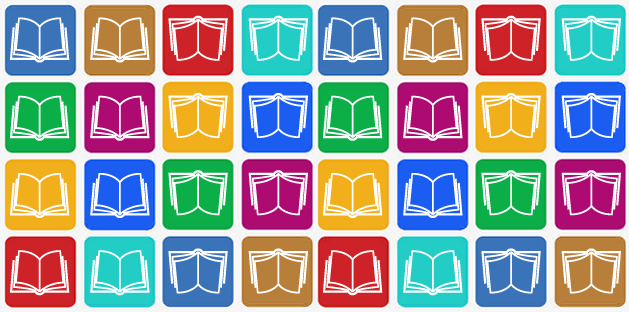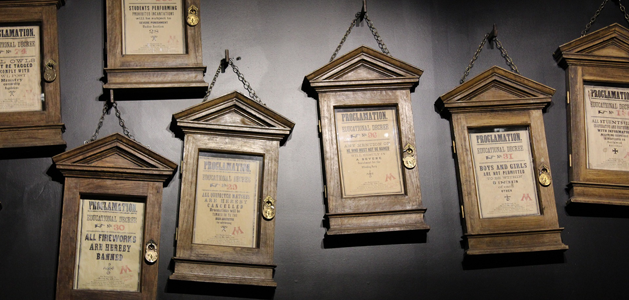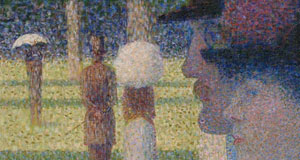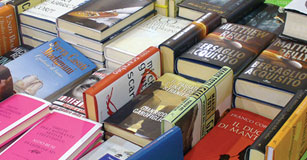Adapt a Pattern Story
Students practice writing and illustrating as they create a page in your class’s adaptation of their favorite pattern story.

Task
Young students love picture books, but how do authors and illustrators create them? Now that your class has begun reading, it’s time for them to learn how to be writers too.
After reading several stories with repeating patterns, your class will use their budding literacy skills to create their own version. Students will add their own variations to the pattern, draw pictures to support the words, and record narration to an individual page that will be combined and published as a class book!
Engage
You have likely read your students many books that contain patterns, such as The Very Hungry Caterpillar by Eric Carle and Brown Bear, Brown Bear, What Do You See? by Bill Martin Jr.
Picture books that include patterns help emerging readers predict what will happen next as they read. These books often use rhyme and repeat words and phrases making it easier for students to connect printed text with sounds and words they know verbally. The patterned cadence of these books not only make them fun to read aloud, it also helps build an emerging reader’s confidence as they “know” what is coming next before they even read the words.
Begin this project by reading, or rereading, some of your class’s favorite pattern stories. Work with your students to identify the patterns found in several examples of these books. Ask your class which ones they like the best and why.
Listen to their ideas and then choose a title you will have your class adapt.
Create
After reading several pattern books, ask your class which ones they like the best and why. Listen to their ideas and then choose the title you will have your class adapt.
Create a template that includes the pattern you want students to adapt, as well as space for the words they are supposed to add to complete it. Wixie includes several templates in the curriculum library, like this one from It Looked Like Spilt Milk by Charles G. Shaw, that you can simply assign to each student in your class.
The pattern you use, doesn’t have to be exactly the same as the book either. For example, if you read Denise Flemings In the Tall, Tall Grass, which uses wonderful sounds and onomatopoeia to help readers visualize themselves in the garden, you can modify to support emerging writers with a sentence starter like:
“In the tall, tall grass _____________ (noun) ___________ (verb).”
Have students first write their text to complete the pattern sentence you have provided. Then, ask them to use a program’s paint tools, or crayons, to add a picture that supports the words they have chosen. If you are using a program like Wixie that includes voice recording, have students practice fluency by recording an oral version of the sentence on their page.
Share
Print out each student’s page and bind them together to create a printed version you can keep in your classroom library. If students created individual pages using Wixie, combine them together using Wixie’s Project Wizard feature.
If you want a more professional looking published product, export student work as JPG files and upload to a photo-sharing site. Then, use the site’s features to publish the book. If you can’t get funding to create a book for each student, share the link to the finished “photo” book for individual parents to purchase.
Have your class read and share their book with younger students at your school or at a local preschool. You can use this opportunity to let your stronger readers shine, but because of the predictability of a pattern book, you may be able to use this opportunity to boost the confidence of your emerging readers.
If students included voice recording on their page, share the URL to the online version of the class book so viewers can both read and listen to the story. You can also export the class book as an ePub, so students can read and enjoy on their iPads at home.
Assessment
As students work to complete the pattern sentence, you will be able to assess their knowledge of vocabulary. If they are struggling, work with them to visualize and describe orally. You can let them use inventive, or phonetic, spelling to product original language, or work correctly spelling sight words, depending on their development and your project goals.
You can evaluate their comprehension (and fine motor skills!) through the illustrations they create to support their sentence. Their final recording, and practice before recording, will help build and assess reading fluency.
You may want to create a checklist for the things they need to include: such as completed sentence, picture to support text, and narration that is clear.
Resources
Bill Martin Jr. and Eric Carle. Brown Bear, Brown Bear, What Do You See? . ISBN: 0805047905
Charles G. Shaw. It Looked Like Spilt Milk. ISBN: 0064431592
Predicatable Pattern Books: Ohio Literacy Resource Center
Literature Suggestions for Student Adaptation
Standards
Common Core State Standards for English Language Arts:
CCSS.ELA-LITERACY.RF.K.1
Demonstrate understanding of the organization and basic features of print.
CCSS.ELA-LITERACY.RF.K.1.A
Follow words from left to right, top to bottom, and page by page.
CCSS.ELA-LITERACY.RF.K.1.B
Recognize that spoken words are represented in written language by specific sequences of letters.
CCSS.ELA-LITERACY.RF.K.1.C
Understand that words are separated by spaces in print.
CCSS.ELA-LITERACY.RF.K.2
Demonstrate understanding of spoken words, syllables, and sounds (phonemes).
CCSS.ELA-LITERACY.RF.K.3
Know and apply grade-level phonics and word analysis skills in decoding words.
CCSS.ELA-LITERACY.RF.K.4
Read emergent-reader texts with purpose and understanding.
CCSS.ELA-LITERACY.W.K.3
Use a combination of drawing, dictating, and writing to narrate a single event or several loosely linked events, tell about the events in the order in which they occurred, and provide a reaction to what happened.
CCSS.ELA-LITERACY.SL.K.5
Add drawings or other visual displays to descriptions as desired to provide additional detail.
CCSS.ELA-LITERACY.SL.K.6
Speak audibly and express thoughts, feelings, and ideas clearly.
CCSS.ELA-LITERACY.L.K.2
Demonstrate command of the conventions of standard English capitalization, punctuation, and spelling when writing.
CCSS.ELA-LITERACY.L.K.2.D
Spell simple words phonetically, drawing on knowledge of sound-letter relationships.
CCSS.ELA-LITERACY.RF.1.1
Demonstrate understanding of the organization and basic features of print.
CCSS.ELA-LITERACY.RF.1.1.A
Recognize the distinguishing features of a sentence (e.g., first word, capitalization, ending punctuation).
CCSS.ELA-LITERACY.RF.1.4
Read with sufficient accuracy and fluency to support comprehension.
CCSS.ELA-LITERACY.W.1.3
Write narratives in which they recount two or more appropriately sequenced events, include some details regarding what happened, use temporal words to signal event order, and provide some sense of closure.
CCSS.ELA-LITERACY.SL.1.5
Add drawings or other visual displays to descriptions when appropriate to clarify ideas, thoughts, and feelings.
CCSS.ELA-LITERACY.L.1.1
Demonstrate command of the conventions of standard English grammar and usage when writing or speaking.
ISTE NETS for Students 2016:
6. Creative Communicator
Students communicate clearly and express themselves creatively for a variety of purposes using the platforms, tools, styles, formats and digital media appropriate to their goals. Students:
a. choose the appropriate platforms and tools for meeting the desired objectives of their creation or communication.
b. create original works or responsibly repurpose or remix digital resources into new creations.
c. communicate complex ideas clearly and effectively by creating or using a variety of digital objects such as visualizations, models or simulations.
d. publish or present content that customizes the message and medium for their intended audiences.












